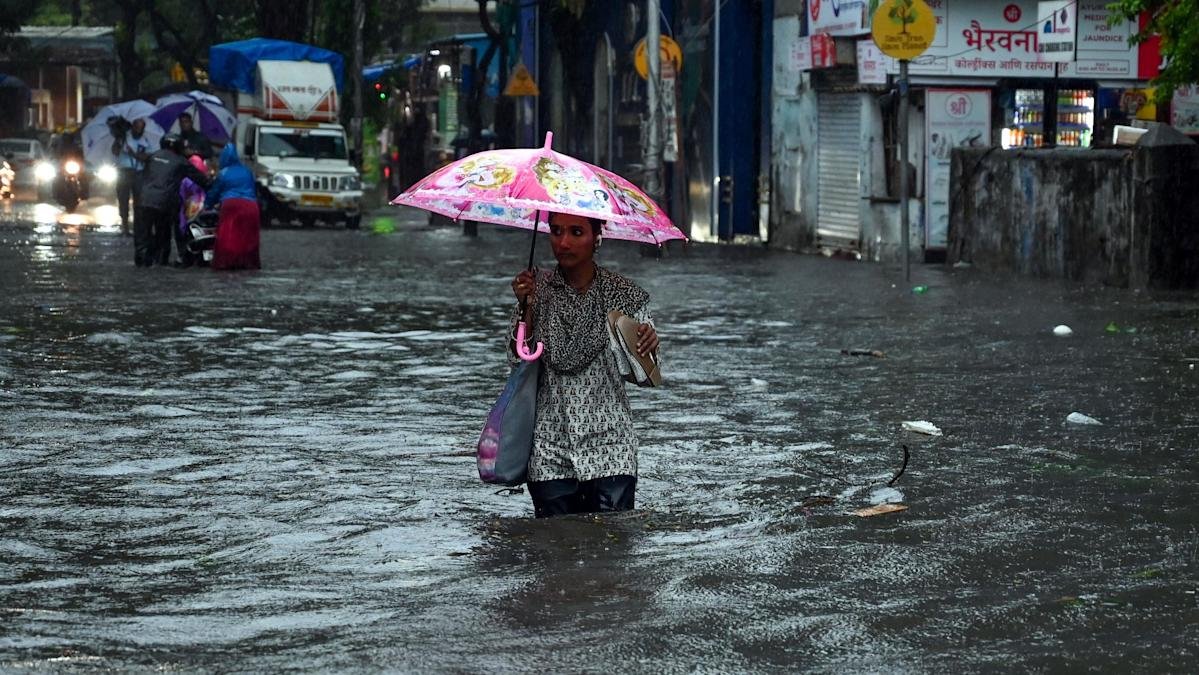Causes Behind Monsoon Rains Flooding in India’s Urban Areas
Every year, the onset of the monsoon season triggers widespread disruption in India’s major urban centers. The keyphrase monsoon rains in India’s cities sums up a persistent challenge faced by millions of residents from Mumbai to Delhi, Bengaluru to Kolkata. Heavy rains lead to flooding, traffic chaos, and damage to infrastructure, raising urgent questions about the capacity of India’s cities to cope with seasonal downpours.
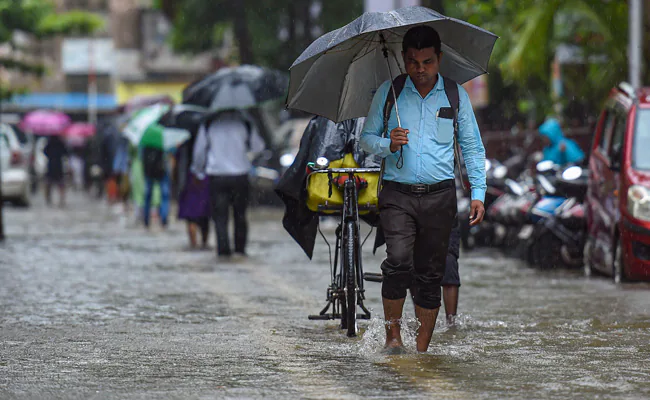
Recent heavy rains in Mumbai, India’s financial capital, caused severe flooding even before the monsoon reached its peak. Streets turned into rivers, and vehicles stalled mid-commute, trapping thousands. This recurring annual crisis exposes not only fragile infrastructure but also systemic weaknesses in urban planning and governance.
Urban Planning and Monsoon Rains: Why India’s Cities Are Vulnerable
Mumbai’s flood crisis is a stark reminder of how vulnerable Indian cities have become to heavy rains. In late April 2025, unexpected downpours brought large parts of Mumbai to a halt. Newly constructed metro stations, expected to be symbols of modern infrastructure, were inundated with muddy water, turning them into flooded traps.
The Brihanmumbai Municipal Corporation (BMC), the city’s main civic body, initially blamed clogged drains filled with rubbish and debris from ongoing construction for the flooding. In response, the BMC installed de-watering pumps in flood-prone areas and began manual cleaning of drains. Yet, many residents found these efforts inadequate and delayed.
The monsoon rains in Mumbai are not just a natural phenomenon but a test of urban resilience, revealing how the city’s infrastructure has struggled to keep pace with rapid growth.
Unplanned Urban Expansion and Its Role in Monsoon Rains Flooding in India’s Cities
India’s cities are expanding rapidly, often in ways that outstrip the development of supporting infrastructure. According to Dikshu Kukreja, an urban planner based in Delhi, “The pace of urban expansion has far exceeded the evolution of water and drainage systems.”
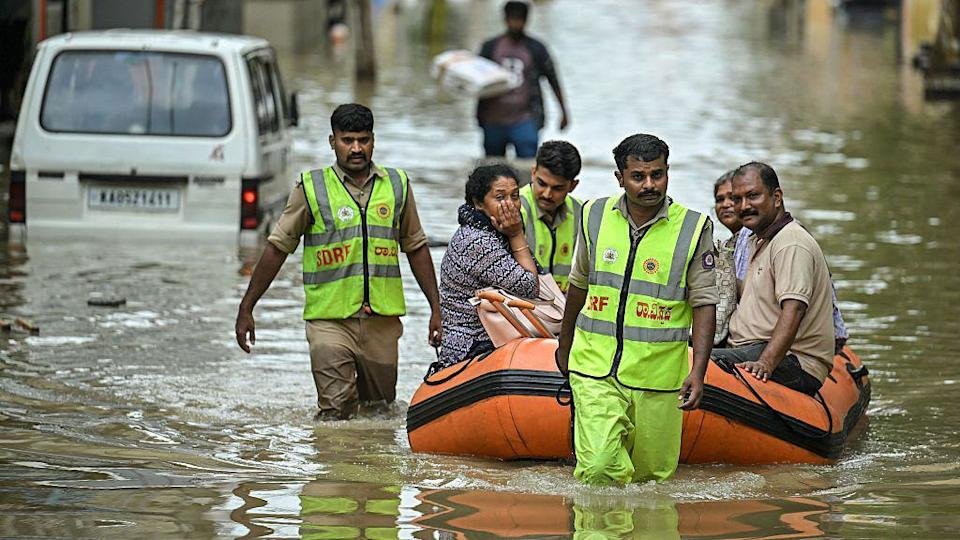
Many cities rely on drainage systems designed decades ago, while unchecked urban sprawl has led to the loss of natural drainage channels, wetlands, and water bodies. These natural systems once acted as buffers, absorbing excess rainwater during monsoons. Today, these critical flood defenses are being paved over or neglected.
Each city’s geography, population density, and climate conditions require tailored flood management strategies. There is no one-size-fits-all solution to the annual problem of monsoon rains in India’s cities.
Delhi’s Annual Battle with Floods During Monsoon Rains in India’s Cities: The Minto Bridge Story
Delhi, India’s capital, faces its own monsoon challenges. The Minto Bridge has become infamous for flooding every year during the monsoon season, often trapping buses and trucks beneath it and symbolizing the city’s ongoing struggle with urban waterlogging.
In 2025, Delhi experienced its wettest May in over a century, with more than 185mm of rainfall recorded. The heavy rains led to property damage, injuries, and even fatalities in severe storms.
The city’s aging drainage infrastructure is ill-equipped to handle such volumes of water. Rapid urbanization without adequate upgrades to water management systems has exacerbated these problems.
Bengaluru: The Vanishing Lakes and the Rise of Flood Risk
Bengaluru’s flooding problems stem from a different but related issue. Once celebrated for its network of lakes, the city has seen many water bodies vanish under urban development. Apartment complexes, roads, and business hubs have replaced lakes that historically absorbed rainwater and prevented flooding.
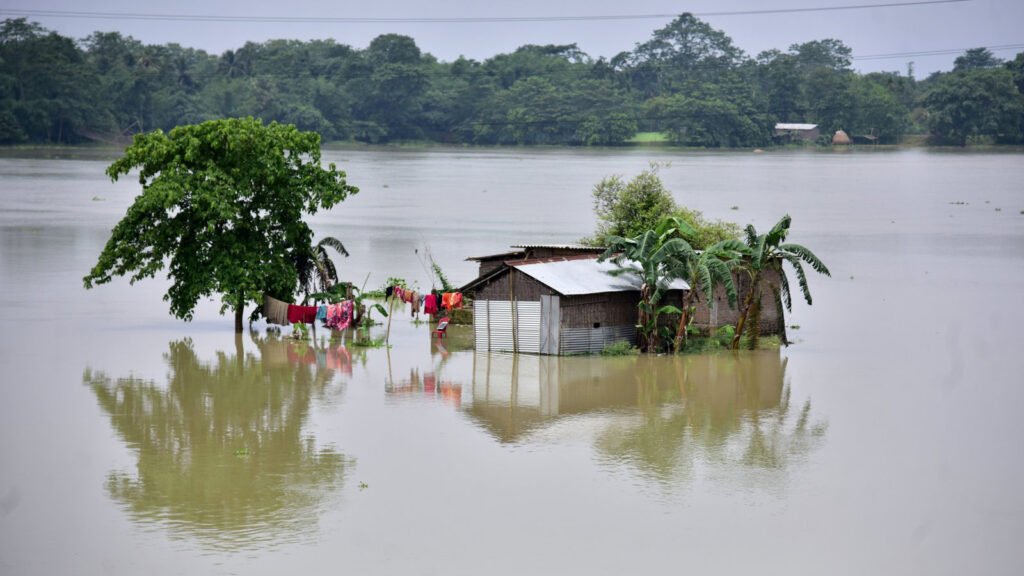
Ram Prasad, a lake conservationist, explains that Bengaluru’s three major valleys, where most lakes are situated, were initially protected as no-construction zones. However, legal changes and lax enforcement allowed construction in these critical areas.
As a result, the city now faces flood risk where none existed before. Poor urban planning and encroachment on water bodies are central to Bengaluru’s vulnerability during the monsoon.
Natural Challenges Compounded by Human Action: Mumbai’s Geography and Ecology
Mumbai’s geographic location makes it naturally vulnerable to flooding. Being a coastal city with many low-lying areas near the sea, it is prone to waterlogging, especially during high tides coinciding with heavy rains.
However, human actions have worsened the situation. Mangrove forests, which once acted as natural barriers against flooding, have been cut down to make way for development. Additionally, building on floodplains has disrupted the natural drainage system.
These practices amplify the impact of monsoon rains in India’s cities, leading to deeper and longer-lasting floods.
Climate Change and Erratic Weather Patterns
Experts agree that climate change is making monsoon rains more unpredictable and extreme. Unseasonal rainfall, flash floods, and droughts linked to extreme heat events are becoming more common.
This year, the monsoon arrived early in parts of southern India due to unusual weather patterns, catching many local authorities unprepared. Skymet’s meteorologist Mahesh Palawat highlighted the role of a depression over the Arabian Sea in pulling the monsoon current earlier than usual.
The increasing variability of the monsoon challenges cities that already struggle with outdated infrastructure and insufficient planning.
The Human Cost of Annual Flooding
Floods during the monsoon season have a heavy human toll. In May 2025, heavy storms in Delhi resulted in several deaths and injuries. Elsewhere, northeastern states faced deadly floods and landslides that displaced tens of thousands.
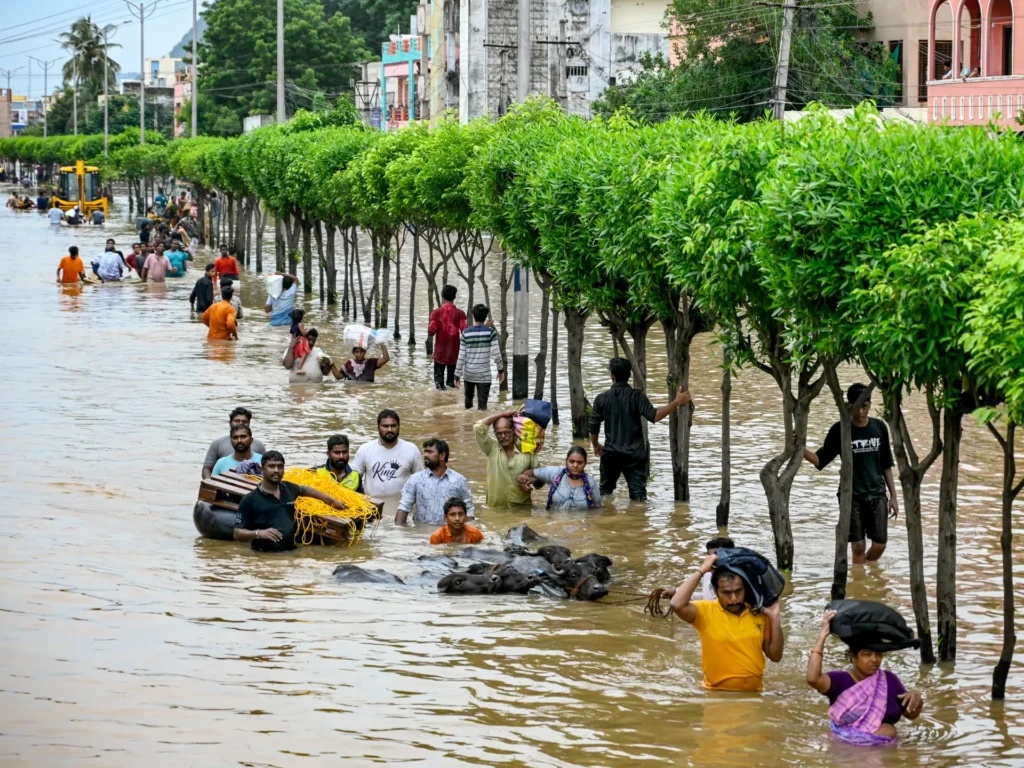
Beyond immediate damage, floods disrupt livelihoods, damage property, and contribute to health hazards from waterborne diseases. These effects hit vulnerable populations hardest, exacerbating social inequalities.
Towards Solutions: Technology, Governance, and Community Action
Is there hope for India’s cities to better withstand the yearly onslaught of monsoon rains?
According to urban planner Dikshu Kukreja, the answer is yes — but only with comprehensive, long-term strategies. Modern technology like real-time sensors and predictive flood mapping can help identify risk zones and provide early warnings to communities.
However, technology alone is insufficient. Effective governance, stronger enforcement of regulations, and community participation are critical.
Building Resilience: Planning for the Future
To prevent recurring floods caused by monsoon rains in India’s cities, urban planners and policymakers must adopt forward-thinking approaches. This includes:
- Protecting and restoring natural drainage systems such as wetlands, lakes, and mangroves.
- Updating and expanding drainage and sewage infrastructure.
- Strictly enforcing building codes to prevent encroachments on flood-prone areas.
- Investing in green infrastructure like permeable pavements and urban green spaces to absorb rainwater.
- Encouraging public awareness and participation in flood preparedness.
Only through integrated and proactive efforts can Indian cities hope to reduce the devastating impact of monsoon floods.
Turning Crisis into Opportunity
The challenges posed by monsoon rains in India’s cities highlight the urgent need for sustainable urban development. While the annual flooding may seem inevitable, it is largely preventable with better planning, investment, and governance.
The monsoon is vital for India’s agriculture and water security but should not come at the cost of urban chaos and human suffering. Building resilient cities prepared for future climate uncertainties is the path forward.
